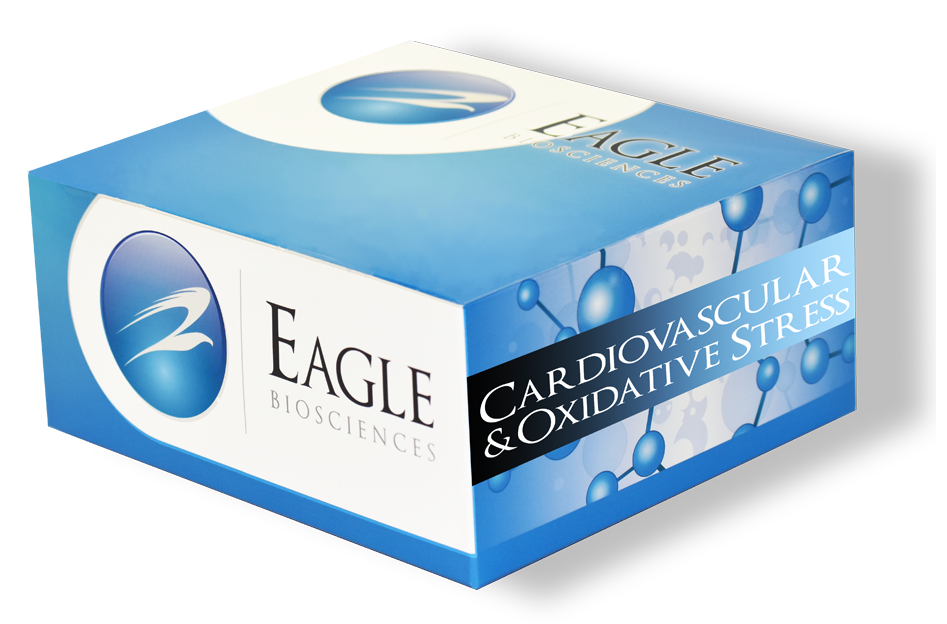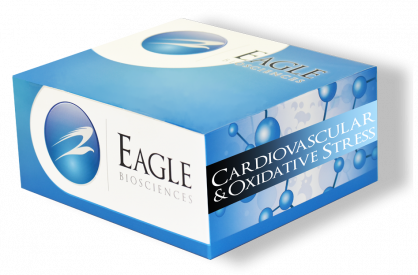Glutathione Total Assay Kit
The Glutathione Total Assay Kit is For Research Use Only
Size: 1 x 96 wells
Sensitivity: 0.5 µM
Standard Range: 0.5 – 20 µM
Incubation Time: 20 minutes
Sample Type: Whole Blood, Erythrocyte Lysate, Hepatocyte Lysate, Tissue Extract, Urine, Saliva, Cell Cultures
Sample Size: 50 µl
Assay Background
Glutathione (g-glutamylcysteinylglycine or GSH) is a naturally occurring tripeptide whose nucleophilic and reducing properties play a central role in metabolic pathways, as well as in the antioxidant system of most aerobic cells. GSH is required as a coenzyme by a variety of enzymes including glutathione peroxidase, glutathione S-transferase and thioltransferase. GSH also plays a major role in drug metabolism, calcium metabolism, the g-glutamyl cycle, cell membrane and blood platelet functions. GSH is crucial to a variety of life processes, including the detoxification of xenobiotics, maintenance of the –SH level of proteins, thiol-disulfide exchange, removal of hydroperoxides and free radicals, and amino acid transport across membranes. Physiological values for the concentration of intracellular GSH generally range from 1 to 10 mM. Although many methods have been described for the assay of GSH, most of the reliable ones have been labor intensive.


